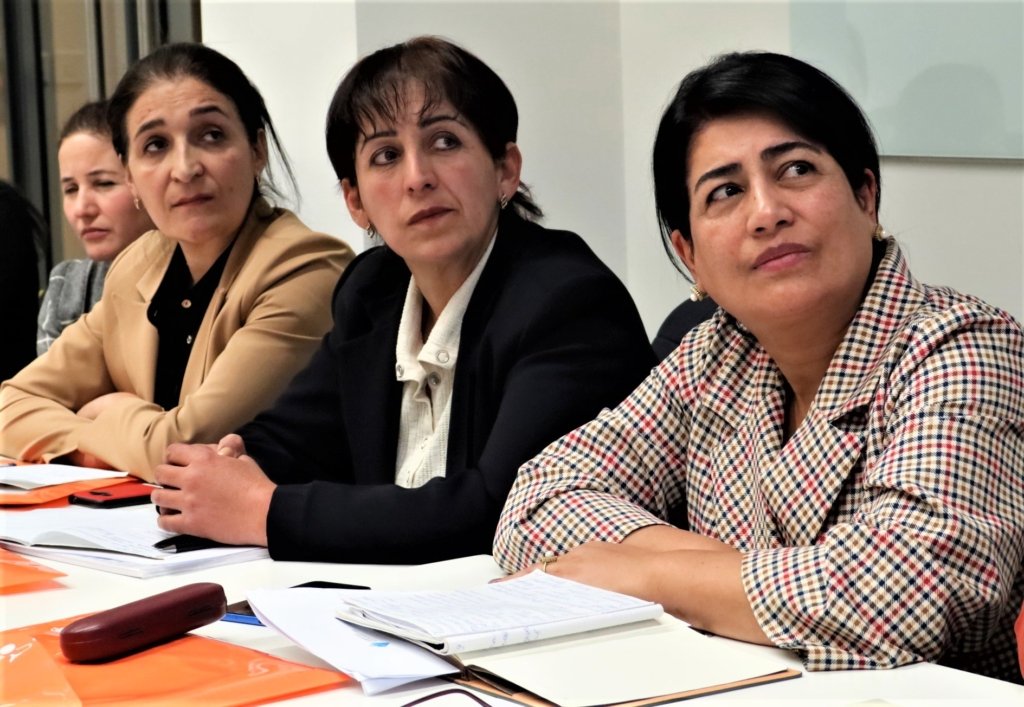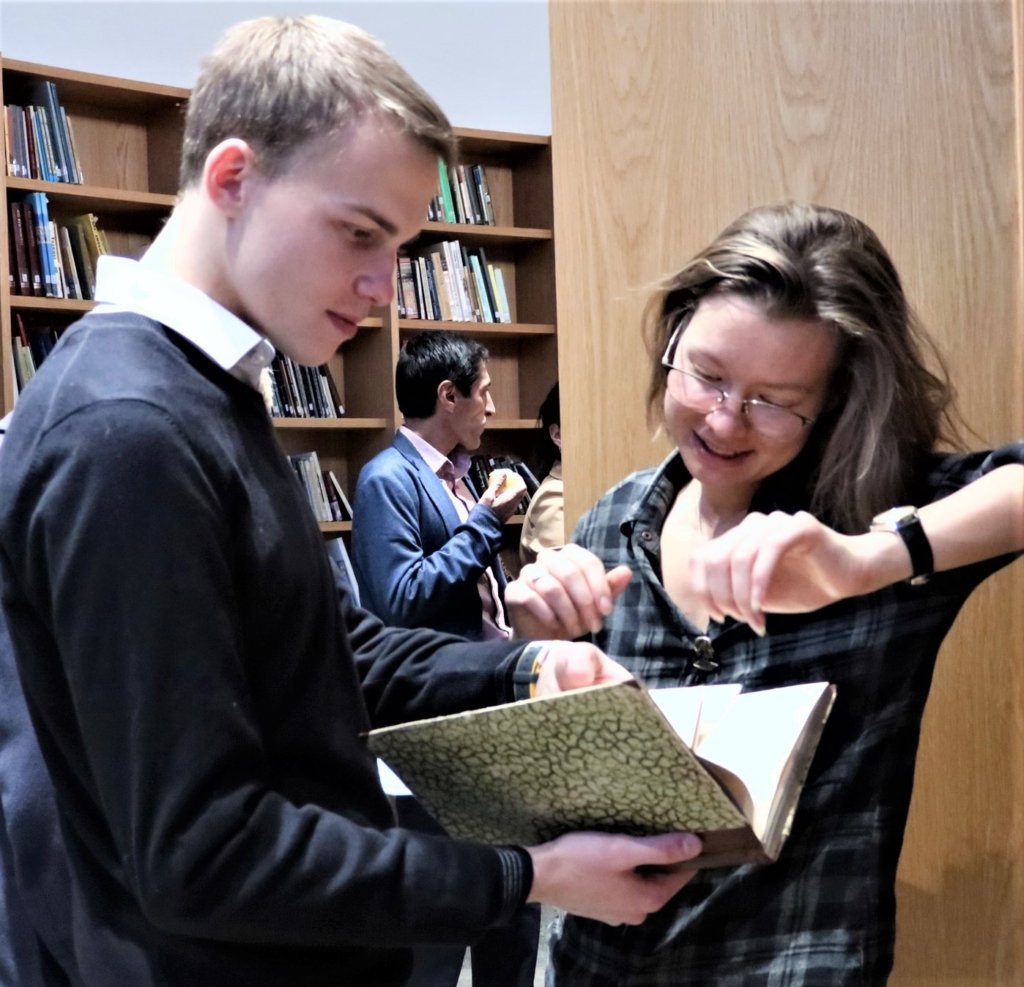Scholars, linguists and academics stress the need for research and promotion of Pamirian languages spoken in four countries in Central and High Asia.
They were speaking at a seminar on Pamirian languages held at Tajikistan’s Khorog campus of the University of Central Asia (UCA) on November 12-13.
Organized by the UCA, the seminar brought a diverse range of participants together to the roof of the world to discuss the Eastern Iranian languages within the framework of the research cluster, ‘Modernity, Identity, Society and Environment in Central Asia’, according to a report published in the UCA newsletter.

Scholars, faculty and students from the UCA, the Higher School of Economics, Moscow, the Institute of Linguistics, Russian Federation, Khorog State University, and the Institute of Humanities, Tajikistan discussed the history, trends and tradition, field research, publications, and digital projects produced on Pamiri languages.
The Dean of the School of Arts and Sciences at UCA, Dr Maxim Khomyakov in his welcome address underlined the role of UCA in promoting research on the cultural heritage of mountain communities of Central Asia and High Asia.
Professor Vladimir Plungian from the Institute of Russian Academy of Sciences, Professor Nazri Ofaridaev, and Professor Ekaterina Rakhilina from the Higher School of Economics, highlighted the significance of studying the socio-cultural context of the development of Pamiri languages.

The participants emphasized the need for further research on grammar, lexicon, and syntaxes of the languages.
They stressed the need for recording oral testimonies and collecting data to produce a digital database of Pamiri languages.
The seminar proved to be a catalyst in promoting a pluralistic approach towards the study, teaching, and development of resources on various languages and dialects in the Pamir mountain regions.
The participants highlighted the importance of the Pamiri languages in reflecting cultural pluralism within the mountainous regions of Tajikistan, Afghanistan, China and Northern Pakistan.

They also recommended steps for developing a unified system of alphabets, orthographies and dictionaries, and conducting regular events to study and gather folkloric materials of the respective languages.
Also read: https://thehighasia.com/the-pamirian-languages-between-past-and-future/
The Pamirian languages’ family comprises Shughni, Rushani, Bartangi, Roshorvi, Wakhi, Yazgulyami, Rini, Sanglichi, Munji, Sariqoli, Ishkashimi, Oroshor, and Starovanj. The languages are spoken by communities in Badakhshan provinces of Tajikistan and Afghanistan and the Toshqurghan county of Xinjiang autonomous region of China. In Pakistan, the Wakhi language is spoken in Gilgit-Baltistan’s Gojal-Hunza District, Ishkoman Valley of Ghizer District and Chitral’s Broghel Valley.
The Pamirian Languages, according to Tohir Kalandarov, has been employed even before the advent of the Soviet Union by one of the pioneers of Pamir studies I.I. Zarubin.
Most of these languages are considered endangered facing extinction. However, substantial research work is still being done by scholars and linguists in Central Asian republics, Russia and other European countries.
Despite the significant progress achieved in this area, still much work needs to be done to preserve the Pamirian languages, says Dr Kalandarov, a senior research fellow at the Institute of Ethnology and Anthropology, Russian Academy of Sciences.
In his research article, titled The Pamirian Languages: Between Past and Future –The Case of Shughni Language published by the UCA’s Cultural Heritage and Humanities Unit (CHHU) present the history and the formation of peculiarities in the Pamirian languages during and post-Soviet periods.
“Despite the significant progress achieved in this area, still much work needs to be done to preserve the Pamirian languages,” noted Mr Tohir.
“The history of systematic studying of the Pamirian languages,” according to Dr Tohir was done by noted scientists. It originated in the second half of the 19th century when K.G. Zaleman and R.Shaw published their research on the Shughni, Wakhi and Sarikoli languages (Zaleman 1895; Shaw 1876).”
Since the historiography of Pamirian languages’ studies is not the focus of this article, he explains and says “interested readers are best directed to the works of D.I. Edelman, T.N. Pakhalina, D.K. Karamshoev, L.R. Dodikhudoeva, and G. Morgenstierne, which contain historiography and bibliography of this area.”

The High Asia Herald is a member of High Asia Media Group — a window to High Asia and Central Asia



